The latest report from the Institute for Supply Management (ISM) shows that the economy has been in decline for...
The latest report from the Institute for Supply Management (ISM) shows that the economy has been in decline for 18 months straight.
And, according to Norbert Ore, chair of ISM’s Manufacturing Business Survey Committee, that’s a good thing.
ISM collects a number of statistics each month, and the figure Ore watches the most is the Purchasing Managers Index (PMI), which represents the manufacturing industry as a whole. On a scale of 1-100, anything below 50 is considered “in decline.” Whenever any kind of recession has taken place in the past, Ore said the PMI slips below 50 to reflect tough economic times.
Typically, however, the PMI doesn’t stay below 50 for more than 17-18 months before climbing above 50 into “growth” territory.
“It always seems to be somewhere in that range,” he said.
In July, according to the ISM’s latest report, the PMI was below 50 for the 18th straight month. In other words, it’s due to climb above 50, and the past seven months have shown it trending in that direction. In January 2009, the PMI rose from December’s figure of 32.9 to 35.6 percent, and hasn’t looked back since. In July, it rose 4.1 percentage points to 48.9 percent.
“We’re on the right path,” Ore said.
At this rate, Ore said the PMI is poised to cross the 50 percent threshold either this month or in September. This will mark the first step into positive territory since the recession began.
Of course, the real telling sign the economy is on the rebound will be if the PMI remains above 50, and doesn’t lose any of the ground it’s gained. Ore said it is likely to continue climbing, as other figures are also showing positive change. Over the past four months, he said, customer inventories have declined sharply, dropping one point to 42.5 percent in July. Again, that’s a good thing, Ore said, because these inventories, typically referring to consumer products and finished goods, are bound to lead to new orders for those goods, which boosts manufacturing.
Ore admitted that the inventory figure is a little lower than normal—ISM prefers to see it hovering around the 45 percent mark, but in the current economy, lower than normal is better than higher.
Other figures are on the rise, too. The New Orders Index came in at 55.3 percent in July, which was 6.1 points higher than June. The index has grown in two of the last three months, according to the ISM report. In addition, nine out of 14 reporting industries reported growth in new orders in July. Prices, Ore noted, are also up, indicating manufacturers are feeling braver. It all adds up to a positive outlook for the coming months.
“All of them begin to feed on each other,” he said.
It will still take time, of course, before the effects of the anticipated good news will filter down into the mainstream economy. Employment, Ore noted, will always lag behind everything else, whether the economy is in growth or decline. ISM’s July report showed the Employment Index went up 4.9 percentage points to 45.6 percent, but it still remained in decline, for the 12th month straight, and Ore said it will probably be among the last indices to recover.
But manufacturing, on a whole, is still going up, albeit “slow and deliberate,” Ore said.



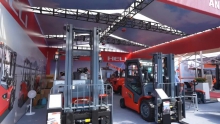
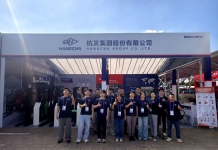


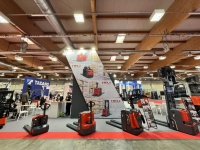
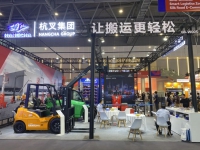



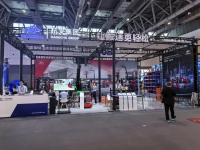


 粤公网安备 44010602003952号
粤公网安备 44010602003952号